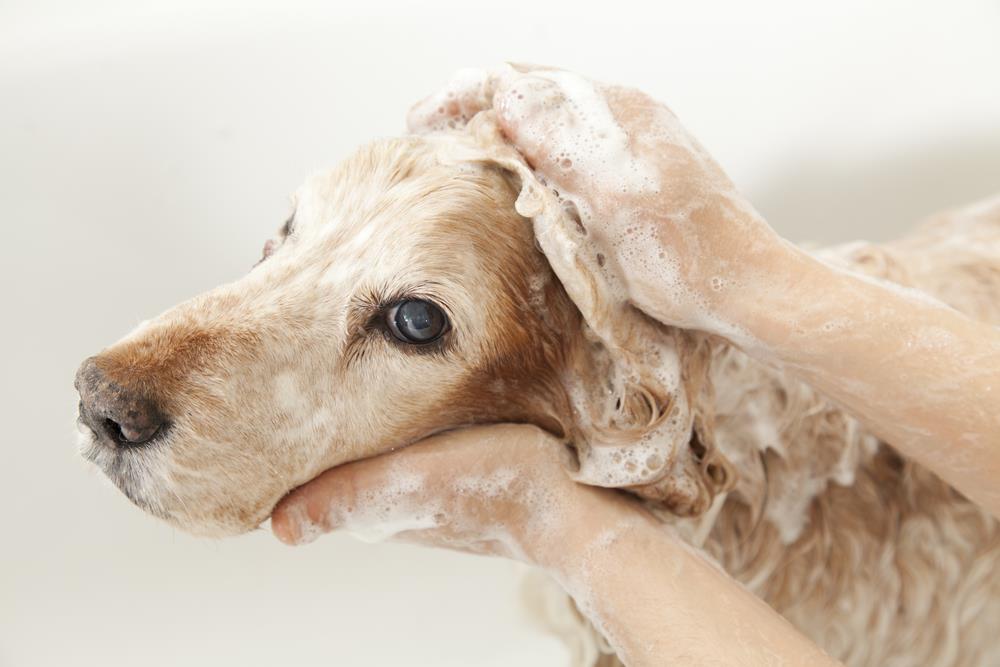Understanding the Importance of Pet Hygiene
Regular hygiene practices are integral to your pet’s overall health. By maintaining cleanliness, you are not only ensuring your pet’s comfort and wellbeing, but also preventing potential diseases. Pets that are not kept clean are susceptible to numerous health issues, including skin disorders, parasitic infections, and more.
Sanitation plays a crucial role in this process. From cleaning your pet’s living area to grooming routines, these tasks significantly contribute to their comfort. Regular bathing and brushing plays an important role in reducing excess hair and dander, which can cause allergies and respiratory issues. Therefore, a clean pet is not only a happy pet, but a healthier one too.
The Role of Hygiene in Disease Prevention
Hygiene is directly linked to disease prevention in pets. Certain diseases can be transferred from pets to humans if proper cleanliness is not maintained. Regular grooming and veterinary check-ups can help identify potential health issues early, assisting in prevention and treatment.

Understanding and practising good pet hygiene is crucial for pet owners. Not only does it ensure the comfort and wellbeing of your pet, but it also helps maintain a healthier environment for you and your family. So, make pet hygiene a priority today.
Essential Pet Hygiene Practices
Pet hygiene is a crucial aspect of pet care, involving regular grooming, dental hygiene, and maintaining a clean living environment for your pet. By adhering to these practices, you can ensure your pet’s overall health and happiness.
Regular Grooming: Brushing, Bathing, and Trimming
Regular grooming not only keeps your pet looking good, but it also helps prevent skin diseases. This includes brushing, bathing, and trimming your pet’s hair regularly.
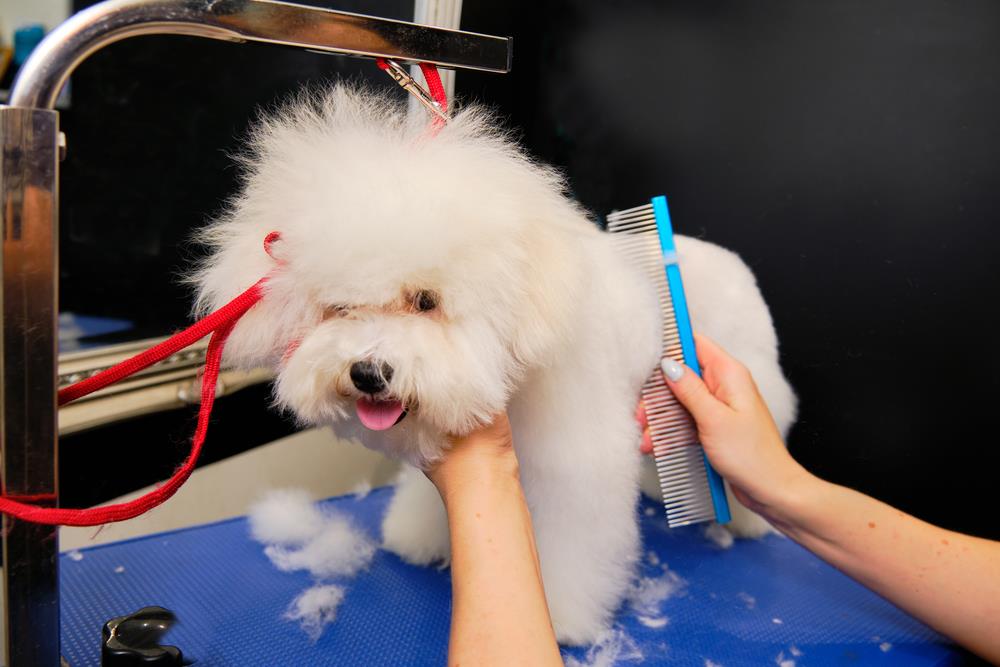
The Importance of Dental Hygiene
Brushing your pet’s teeth and providing dental treats are vital to prevent oral diseases. Regular teeth cleaning can also save you costly vet bills in the long run.
Safe Cleaning of Ears and Eyes
Regularly checking and gently cleaning your pet’s ears and eyes can help prevent infections.
Maintaining A Clean and Safe Living Environment
Ensuring your pet’s living environment is clean and safe is essential for their overall well-being. Regular cleaning and inspection can keep your pet safe from potential hazards.
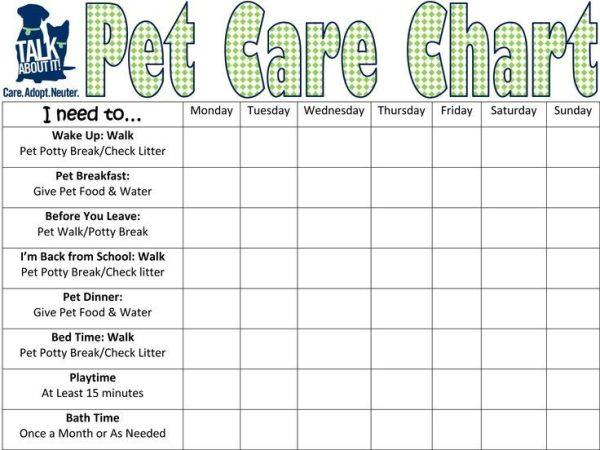
Bathing Your Pet: Frequency and the Right Products
The frequency of bathing your pet largely depends on its breed, lifestyle, and health condition. However, the general recommendation is once a month for dogs, while cats usually maintain their cleanliness and rarely need baths.
Choosing the right pet-friendly shampoo and conditioner is of utmost importance. It is recommended to use a product specifically designed for pets, as human shampoos can disturb the pH balance of their skin.
A Step-By-Step Guide to Bathing Your Pet
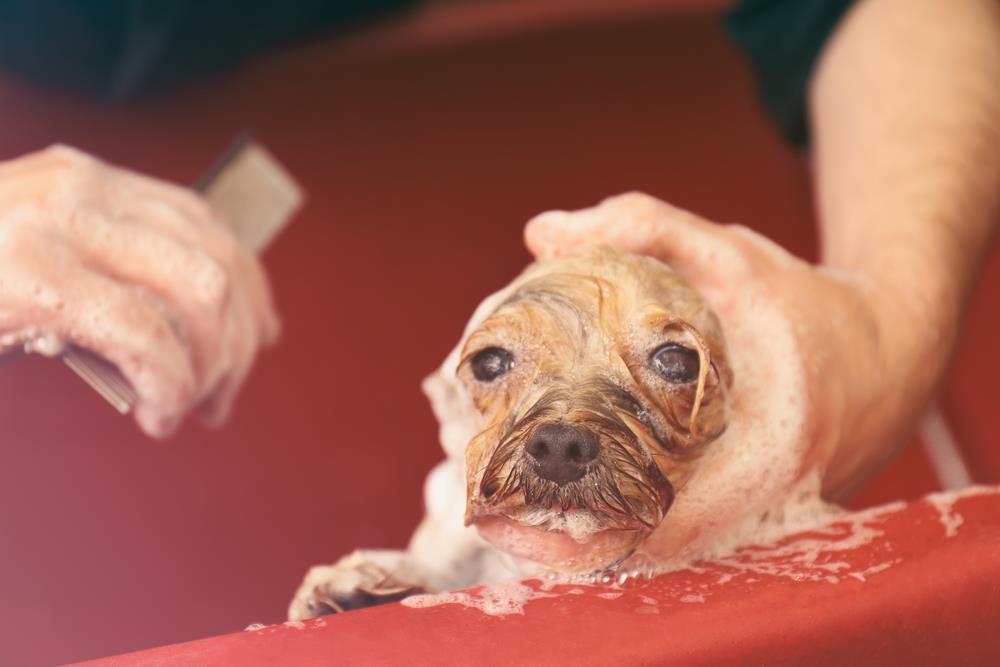
- Prepare the bath using warm water.
- Gently wet your pet’s fur, avoiding their eyes and ears.
- Apply pet-friendly shampoo and massage it into their fur.
- Rinse thoroughly to ensure no shampoo residue is left.
- Apply conditioner if necessary, then rinse again.
- Dry your pet with a towel or pet-friendly hair dryer.
Ensuring a Stress-Free Bath Time for Your Pet
Creating a calm environment for your pet during bath time can make the process much smoother. Use a gentle voice, reward your pet with treats, and ensure the water temperature is comfortable.
Grooming Essentials for Your Pets
Proper grooming is critical for your pet’s health and wellbeing. Regular brushing and combing not only keep your pet looking its best but also help prevent matting and shedding, which can lead to skin infections and discomfort.
Trimming Your Pet’s Nails Safely
Trimming nails is another essential grooming task. Done correctly, it can prevent painful injuries and discomfort.
Professional Grooming Services
While at-home grooming can cover the basics, professional grooming services offer a comprehensive approach to pet hygiene. They use specialised tools and techniques to ensure your pet’s coat, skin, ears, teeth, and nails are in top condition.
Dental Care for Your Pets: Why It Matters
Many pet owners overlook the importance of their pets’ dental hygiene, not realising that poor oral health can lead to serious health complications. Heart disease, kidney problems, and oral pain are just a few consequences that can result from neglecting your pet’s dental care.
Brushing Your Pet’s Teeth: The How-To
Brushing your pet’s teeth is an essential part of their dental hygiene. Ideally, it should be done daily using a pet-friendly toothpaste and a soft-bristled toothbrush.
The Role of Diet and Chew Toys in Dental Health
A balanced diet and pet-specific chew toys can significantly help maintain your pet’s dental health. Foods that are designed to reduce plaque and tartar build-up can be beneficial. And chew toys not only entertain your pet but also help in naturally cleaning their teeth.
Handling Special Hygiene Needs
For those pets with specific needs such as skin conditions and allergies, maintaining a clean environment becomes even more crucial. It’s important to choose hypoallergenic pet products that minimise irritation and exacerbation of symptoms. Regular grooming and bathing can also help alleviate skin conditions by removing potential allergens.
Caring for Older Pets: Unique Hygiene Challenges and Solutions
As pets age, they can experience unique hygiene challenges. Dental issues, incontinence, and reduced mobility can all contribute to a decline in cleanliness. Regular vet check-ups and appropriate pet care products can help manage these issues and maintain a healthy and clean environment.
Hygiene Care for Pets with Long Hair or Special Breeds
Pets with long hair or belonging to special breeds may require additional grooming and hygiene care. Regular brushing, bathing and trimming can help manage hair and prevent matting. Professional groomers often have experience with these breeds and can provide helpful advice.
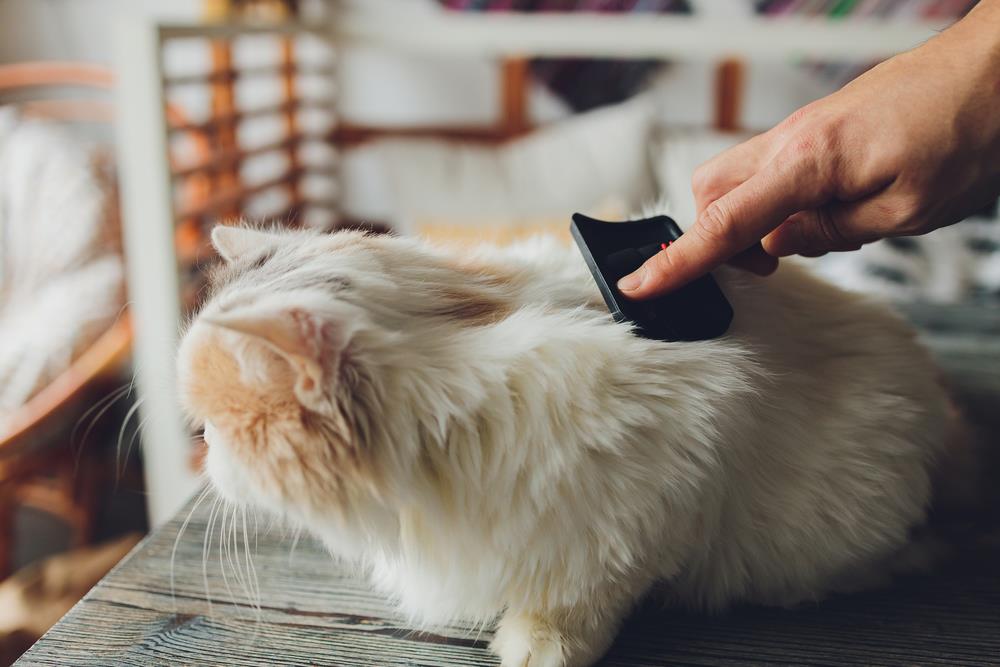
Common Hygiene-Related Health Issues in Pets
Just like us, our pets can also suffer from various hygiene-related health issues. The most common ones include fleas, ticks, ear infections, and skin diseases. These conditions can significantly affect your pet’s quality of life.
Signs of Hygiene-Related Health Problems in Pets
Early detection is critical for successful treatment. Pets infested with fleas or ticks often exhibit excessive scratching, red and inflamed skin, and hair loss. Pets suffering from ear infections may shake their head frequently, have red or swollen ears, or show signs of discomfort when their ears are touched. Skin diseases can present as rashes, lumps, or unusual patches on your pet’s skin.
Treatment and Prevention of Hygiene-Related Health Problems
Prevention is always better than cure. Regular grooming, use of tick and flea preventatives, and maintaining a clean environment can help avert these issues. If your pet shows symptoms of any of these conditions, consult your vet promptly.
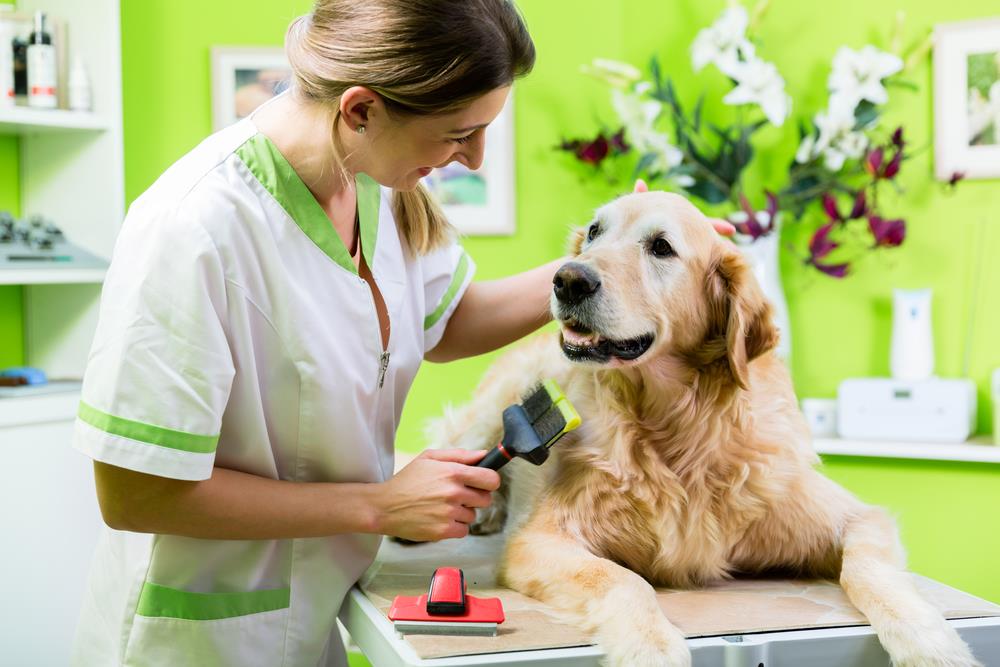 Designing a Consistent Pet Hygiene Regimen
Designing a Consistent Pet Hygiene Regimen
Creating a consistent pet hygiene routine is paramount to ensuring the health and happiness of your beloved companions. By integrating a regular hygiene regimen into your daily routine, you’re not only keeping your pets clean, but also safeguarding them from potential health issues.
The Significance of Regularity in Pet Hygiene
Consistency in maintaining pet hygiene is crucial. Regular grooming, dental care, and cleanliness practices can prevent the development of oral diseases, skin infections, and other health conditions in pets.
Encouraging Pet Cooperation in Hygiene Practices
Encouraging your pet to cooperate during hygiene practices can be a challenge. Yet, with patience, positive reinforcement, and making the process enjoyable, your pet will gradually become acclimated to these practices, improving their overall hygiene and health.
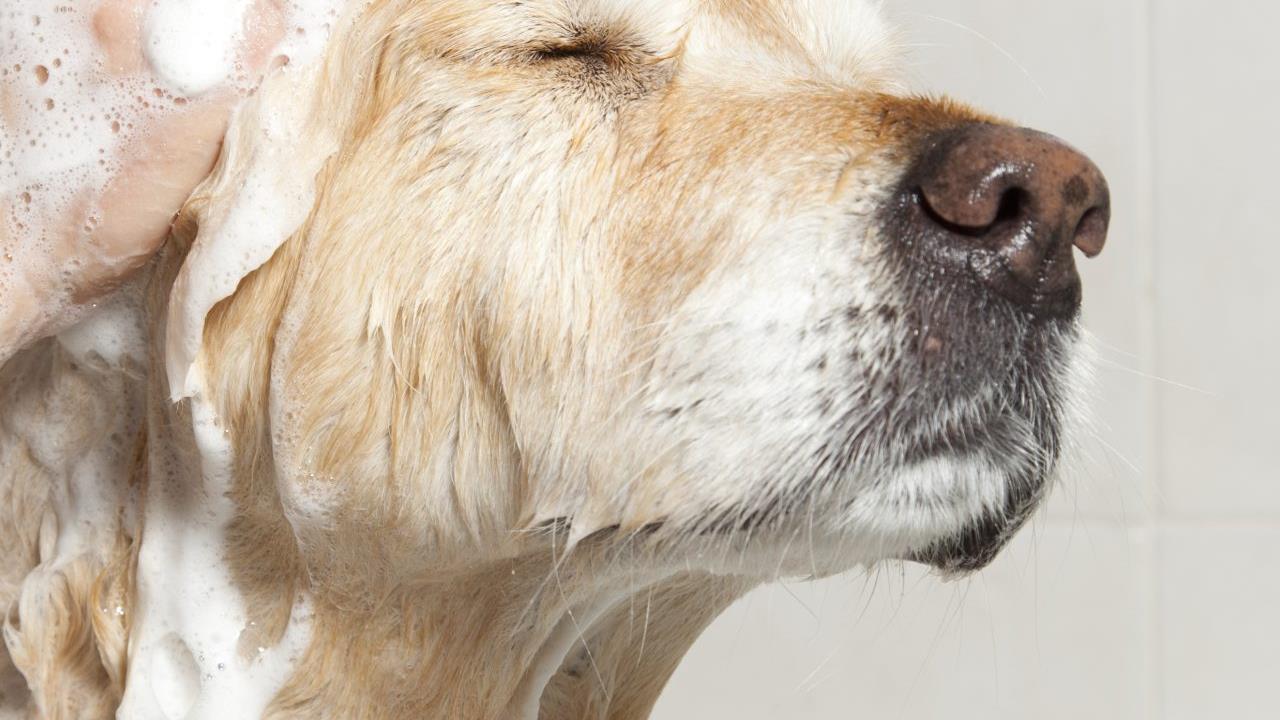
Related posts
Recent Posts
- Pet Emergency Preparedness: Ensuring Your Furry Friend’s Safety in a Crisis
- The Importance of Pet Vaccinations: Protecting Your Furry Friends
- Kitten Feeding Guide: Essential Tips for New Cat Owners
- Dangerous Pets: What You Need to Know Before Bringing One Home
- Understanding Pet Loss Grief: Coping with the Loss of a Beloved Animal Companion

